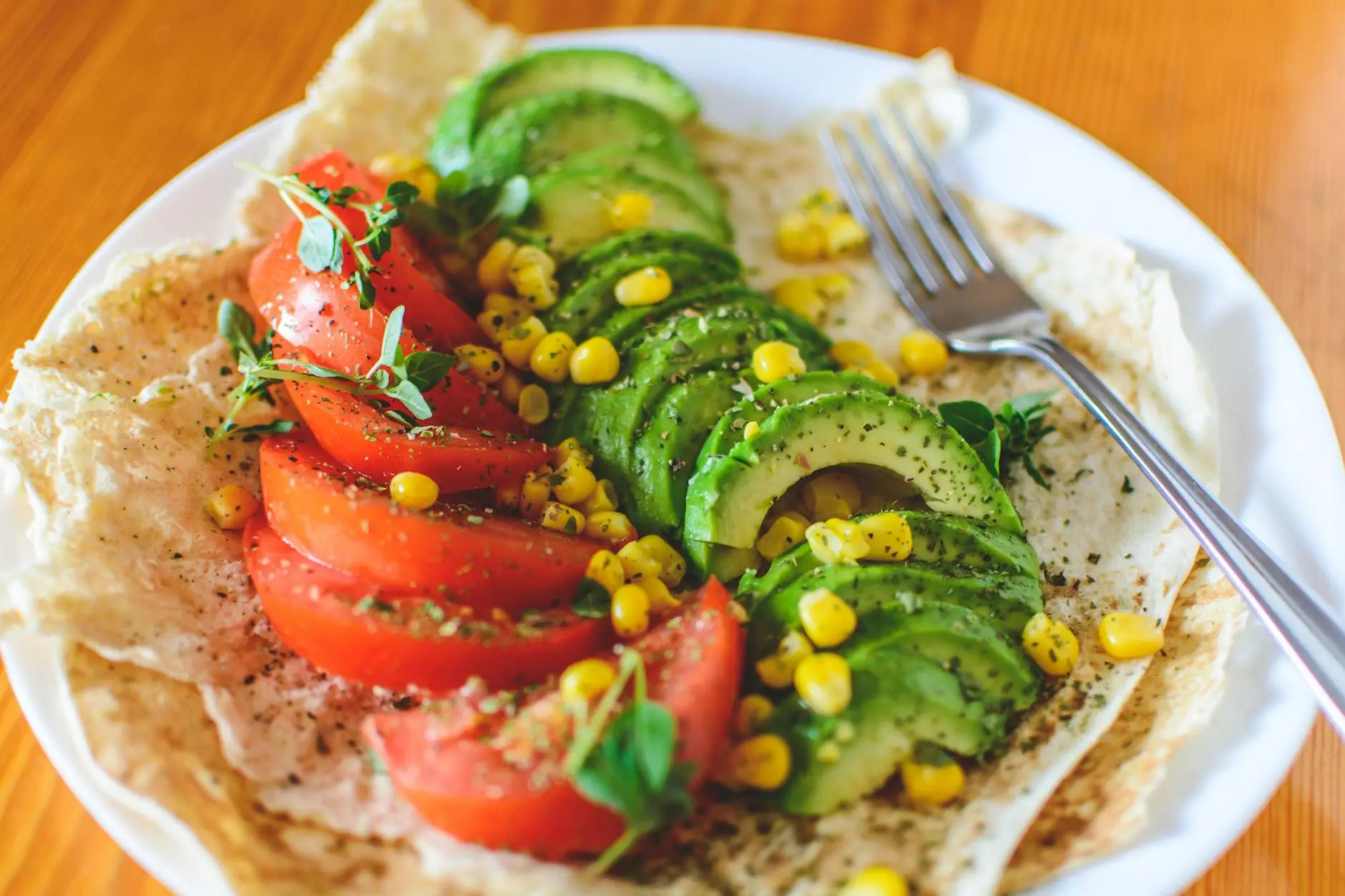
Since its inception in 1997, the Dietary Approaches to Stop Hypertension (DASH) eating plan has offered a beacon of hope for those battling high blood pressure. Rooted in comprehensive research, DASH isn’t just another diet trend; it’s a proven path to better heart health through mindful eating.
The Heart of DASH
DASH stands for more than just a catchy acronym. It represents a shift towards consuming foods rich in nutrients yet low in sodium, sugar, and unhealthy fats. This heart-healthy eating plan emphasizes the inclusion of:
- Fruits and Vegetables: A colorful variety on your plate ensures a wide range of essential vitamins and minerals.
- Whole Grains: Foods like brown rice and whole wheat bread offer fiber, which is vital for heart health.
- Lean Proteins: Options such as fish, chicken, and turkey provide the necessary proteins without the added fats.
- Low-fat Dairy: These choices contribute to your calcium intake without the downside of high fat.
- Beans and Nuts: Both are excellent sources of protein and fiber, with nuts adding healthy fats into the mix.
Conversely, DASH advises reducing the consumption of:
- High-sodium packaged cereals and frozen dinners.
- Salty meats like bacon and ham, which can significantly increase your blood pressure.
- Pickles and salty sauces including ketchup, mustard, and soy sauce, which are often hidden sources of sodium.
Proven Results
The beauty of DASH lies in its effectiveness. Studies have consistently shown that following the DASH eating plan can lead to lower blood pressure and LDL (bad) cholesterol levels, significantly reducing the risk of heart disease. Individuals with high blood pressure who halved their sodium intake on a low-sodium DASH diet saw the most significant improvements. Remarkably, shifts towards healthier blood pressure readings can be observed within weeks of adopting DASH.
Making the Switch
Transitioning to the DASH eating plan is easier than you might think. Start by incorporating more of the DASH-friendly foods into your meals and gradually reducing the intake of processed and high-sodium foods. There are numerous online resources, including recipes and detailed guides, to help you embark on this journey towards better health.
However, it’s important to consult with your primary care provider (PCP) before making any significant dietary changes, especially if you have pre-existing health conditions. Your PCP can confirm whether DASH is suitable for you and provide personalized advice to get you started.
Final Thoughts
Embracing the DASH eating plan is not just about reducing your blood pressure; it’s a commitment to a healthier lifestyle. By making informed choices about what you eat, you’re taking a crucial step towards safeguarding your heart health and improving your overall well-being. Why not give DASH a try and see the difference it can make in your life?
Remember, health is wealth, and with DASH, you’re investing in a future free from the constraints of hypertension and heart disease. Let’s DASH into better health together!


